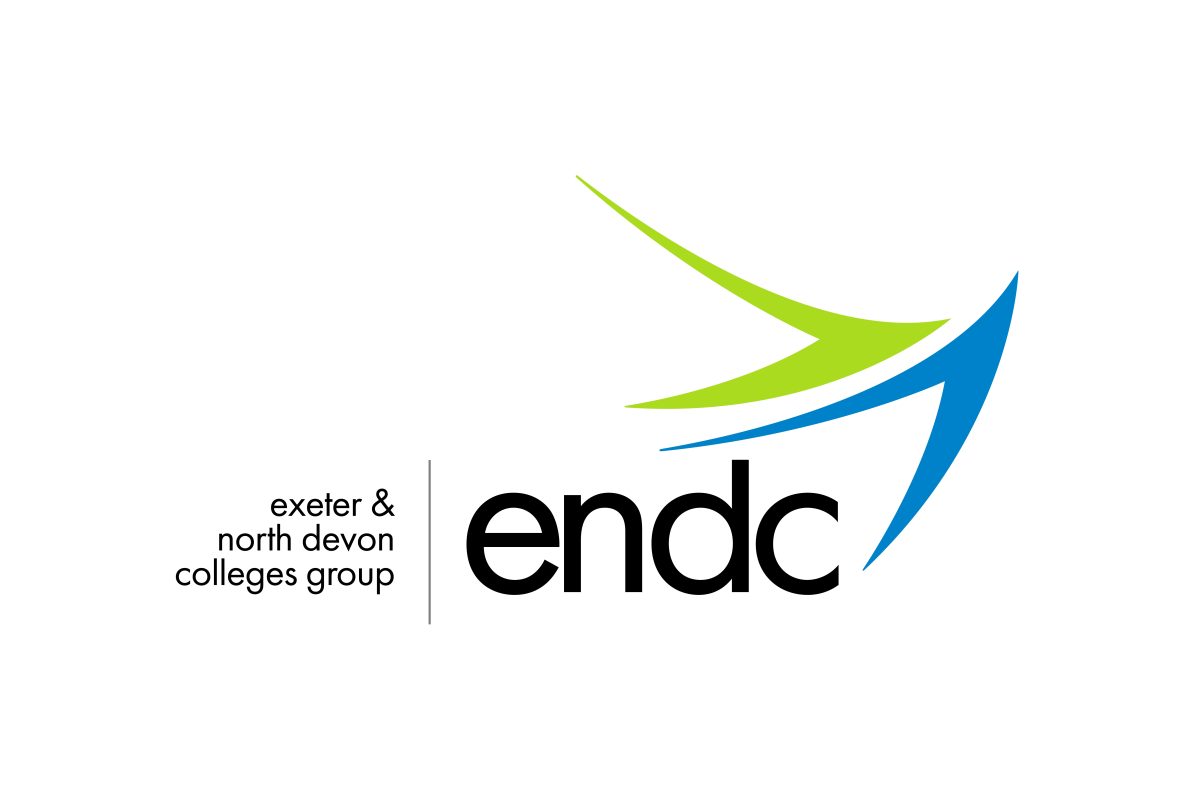Turning apprenticeship funding compliance to your advantage

For leaders and managers with a strategic and proactive mindset, the proposed changes to apprenticeship funding rules represent timely opportunity to reflect on how you plan and deliver your apprenticeships and seize the initiative in taking better advantage of future opportunities ahead.
Training plans agreed between the apprentice, employer and provider
Under the proposed funding rule changes for 2022/23, the ‘commitment statement’ will be changed to ‘training plan’. The ESFA requiring that the training plan, which must be agreed before any training is delivered, documents when and how components of the programme will be delivered.
Included within the rules, for the FULL programme, the plan must include:
- How all three parties (apprentice/employer/main provider) will support the achievement of the apprenticeship
- A description of the activities the apprentice will undertake to develop occupational competency
- The party responsible for each component’s delivery
- When these will be delivered.
Notably, the training plan must be kept up-to-date with any material changes, such as a result of a change of circumstance, or any changes agreed at a (tripartite) progress review.
Funds will be at risk if you are not able to show, upon request, an up-to-date training plan and current progress towards the plan. This also includes where the apprentice withdraws and there has been insufficient progress towards the plan.
Progress reviews
The funding rules also propose that a progress review, to discuss the progress to date of the apprentice against their training plan, must be carried out every 8-to-12 weeks. This should be a three-way discussion involving the provider, employer and the apprentice.
Personally speaking, I am not wholly comfortable with gaps of up to 12-weeks between such meaningful discussions with managers/mentors. Particularly if business/work priorities shift and there is a resultant impact on the apprentice’s planned, standard-linked, off-the-job training activities in this time. You just won’t find out soon enough. Unless, that is, you consistently agree a series of specific, chunked and (trainer) measurable, KSB-related activities, targets and deadlines set across the intervening period.
Even more of a concern, the quality (and volume) of off-the-job training and rate of apprentice on-programme progress, where trainers/coaches are unable to consistently hold timely progress reviews with managers/mentors. I don’t mean completing a ‘tick-box’ exercise with nominal targets, either.
Action steps
A cornerstone for delivering a high-quality apprenticeship, is a clearly defined, live route map of intended off-the-job learning and training that is logically and coherently sequenced and chunked to match the starting point, job role and individual needs of each apprentice. The training plan ‘document’ itself, devised to be robust and flexible enough so that it can be suitably amended as the learning journey evolves.
Effective links with employers/managers/mentors are central to this success. They need to be fully involved in the planning (and even some delivery) of high-quality and substantial, KSB-linked, off-the-job training, so that apprentices can develop, practice, improve and master their knowledge, skills and behaviours at work. Essential to them achieving their full potential and making maximum workplace impact.
In short, if there ARE ways to improve the effectiveness and impact of your processes, practices and documentation, now may well be a sensible time to make it happen. With the looming threats of compliance and inspection, what are the potential risks lurking in YOUR provision, if you don’t?










